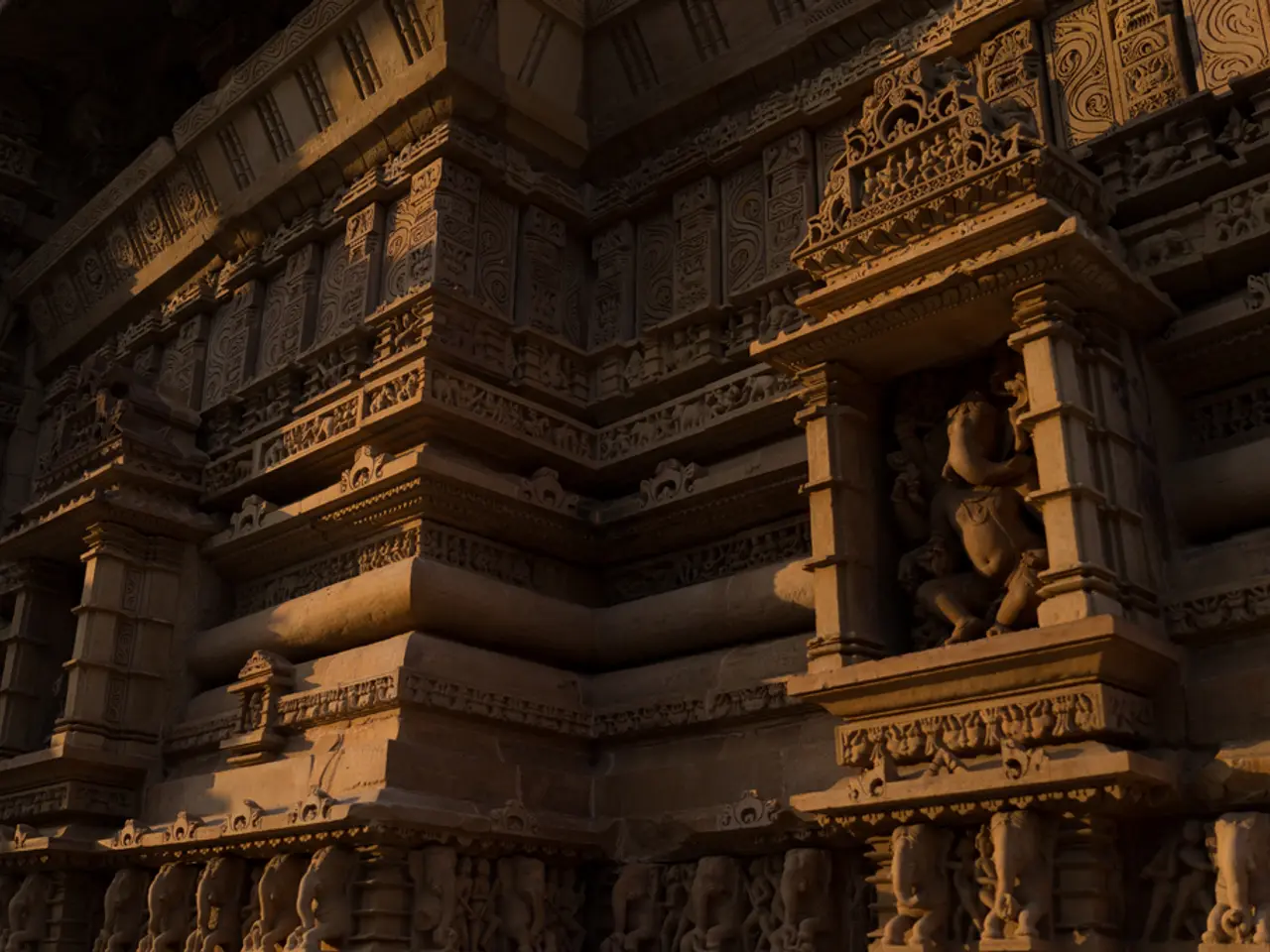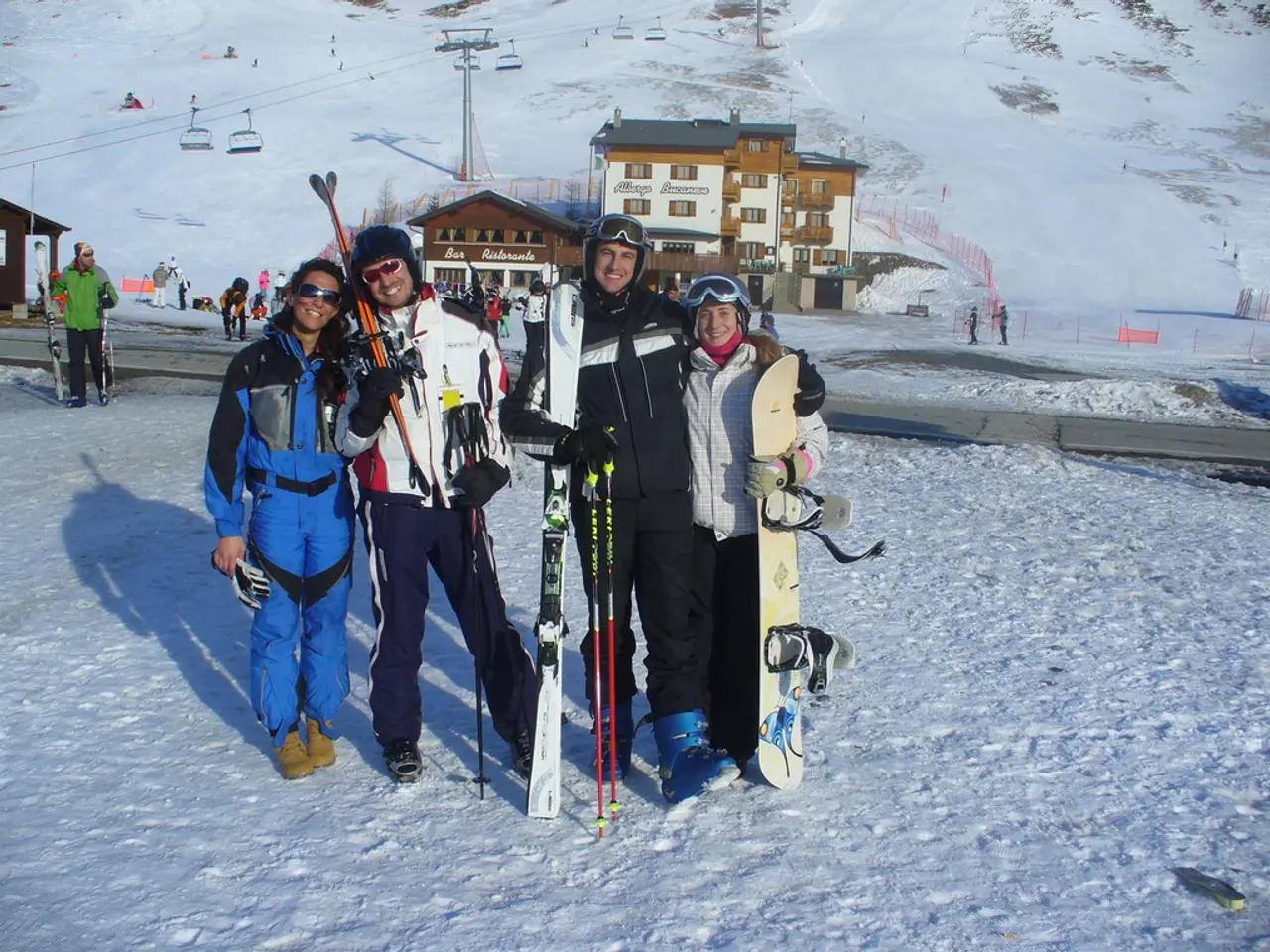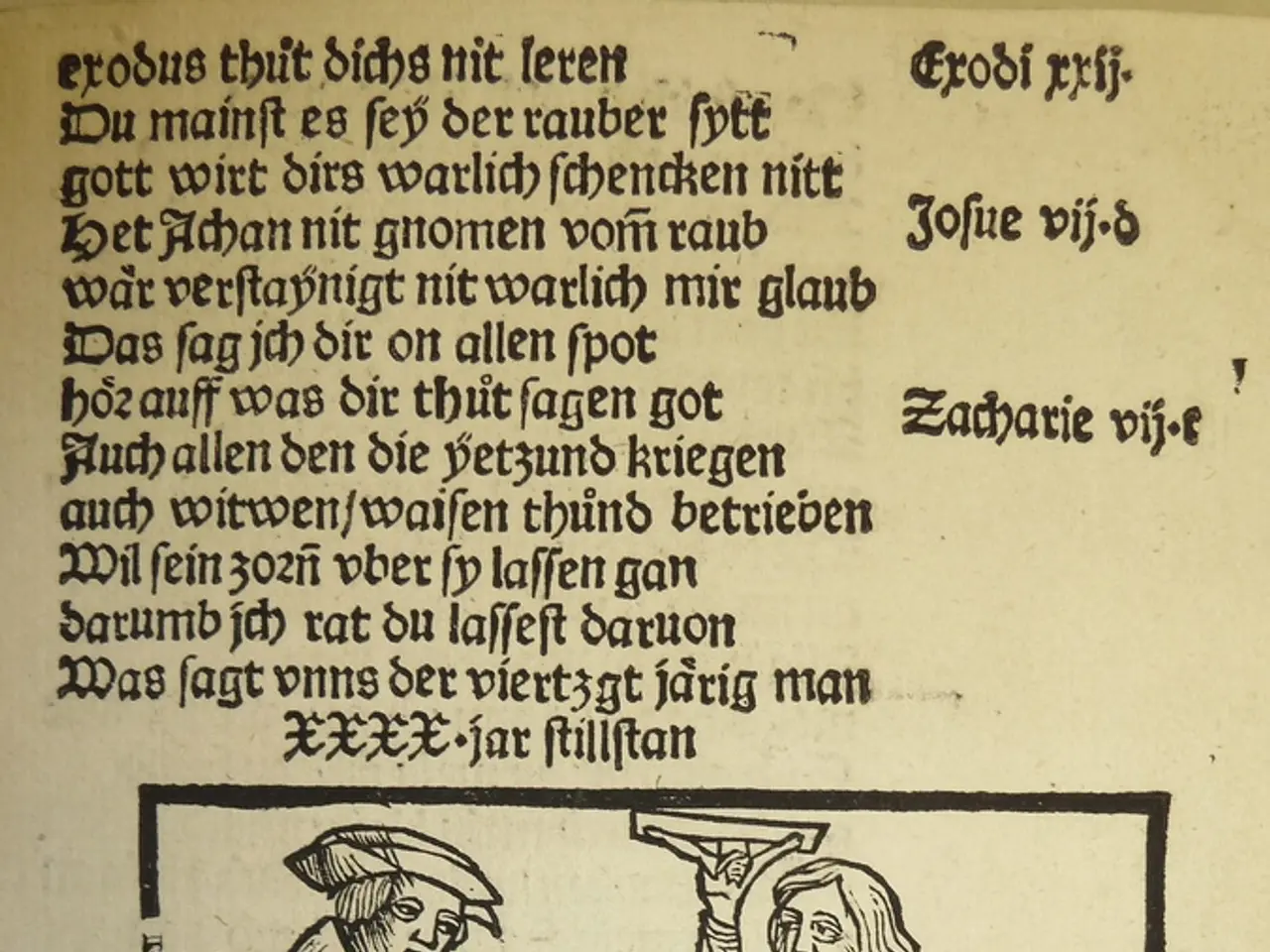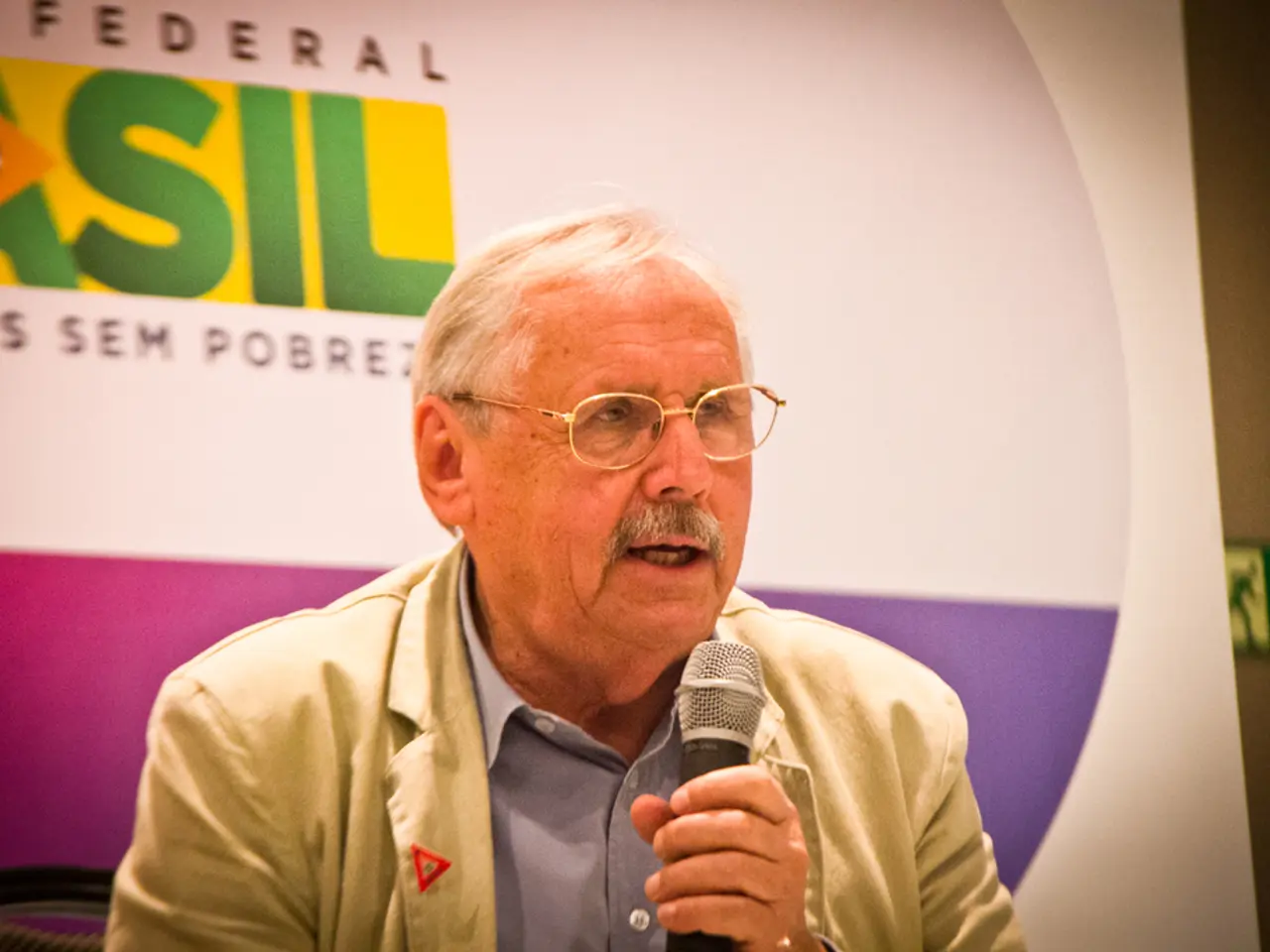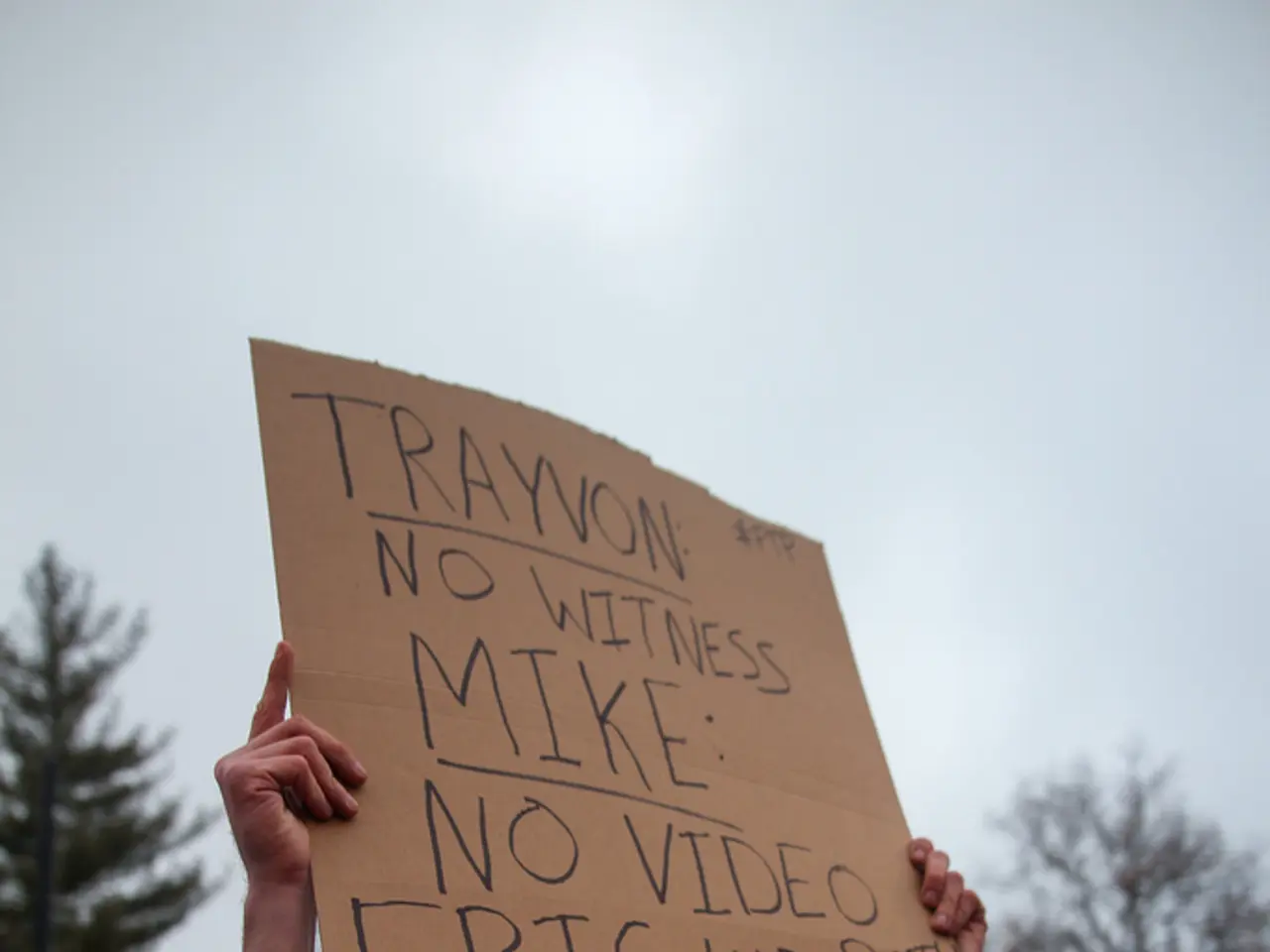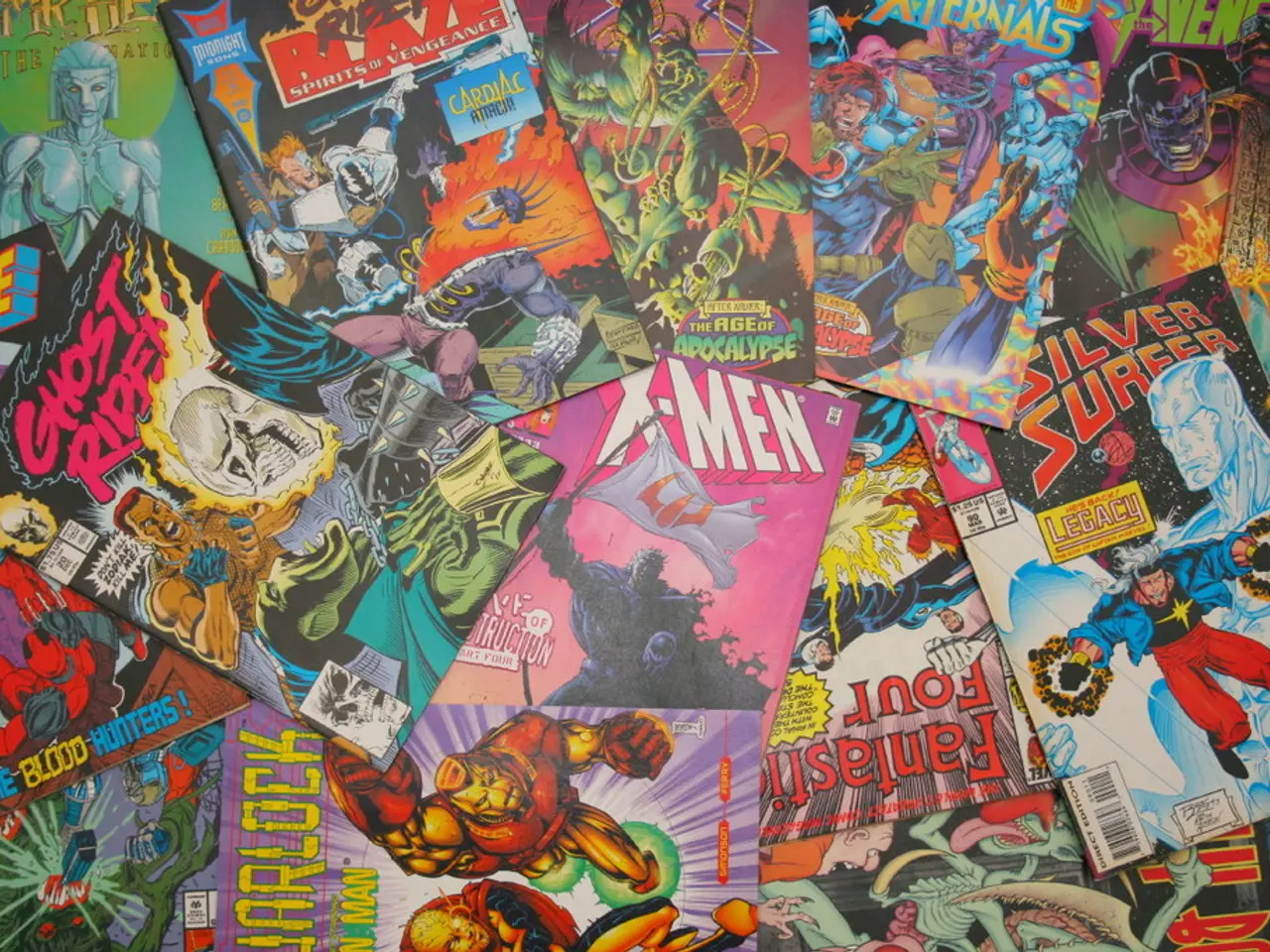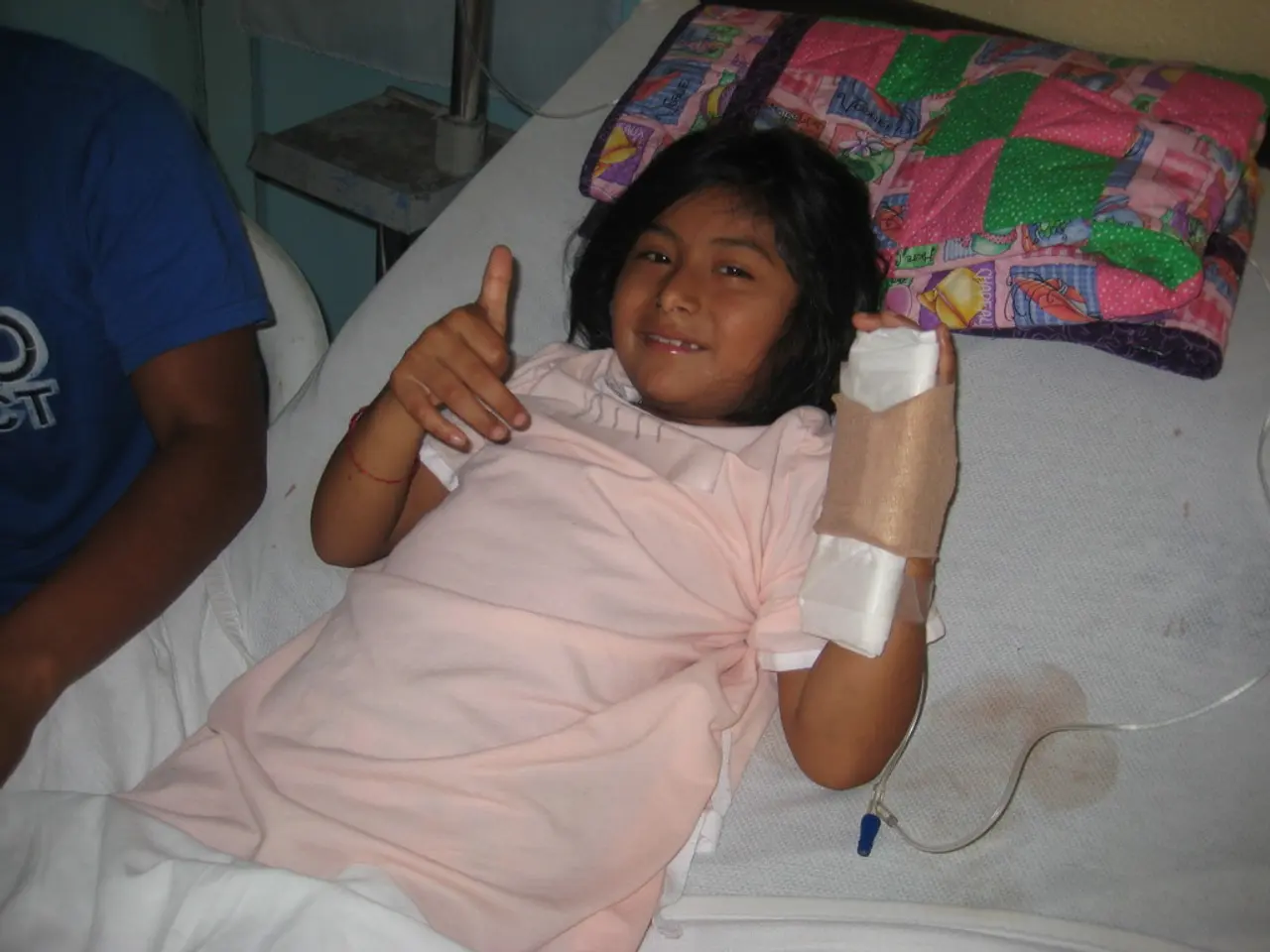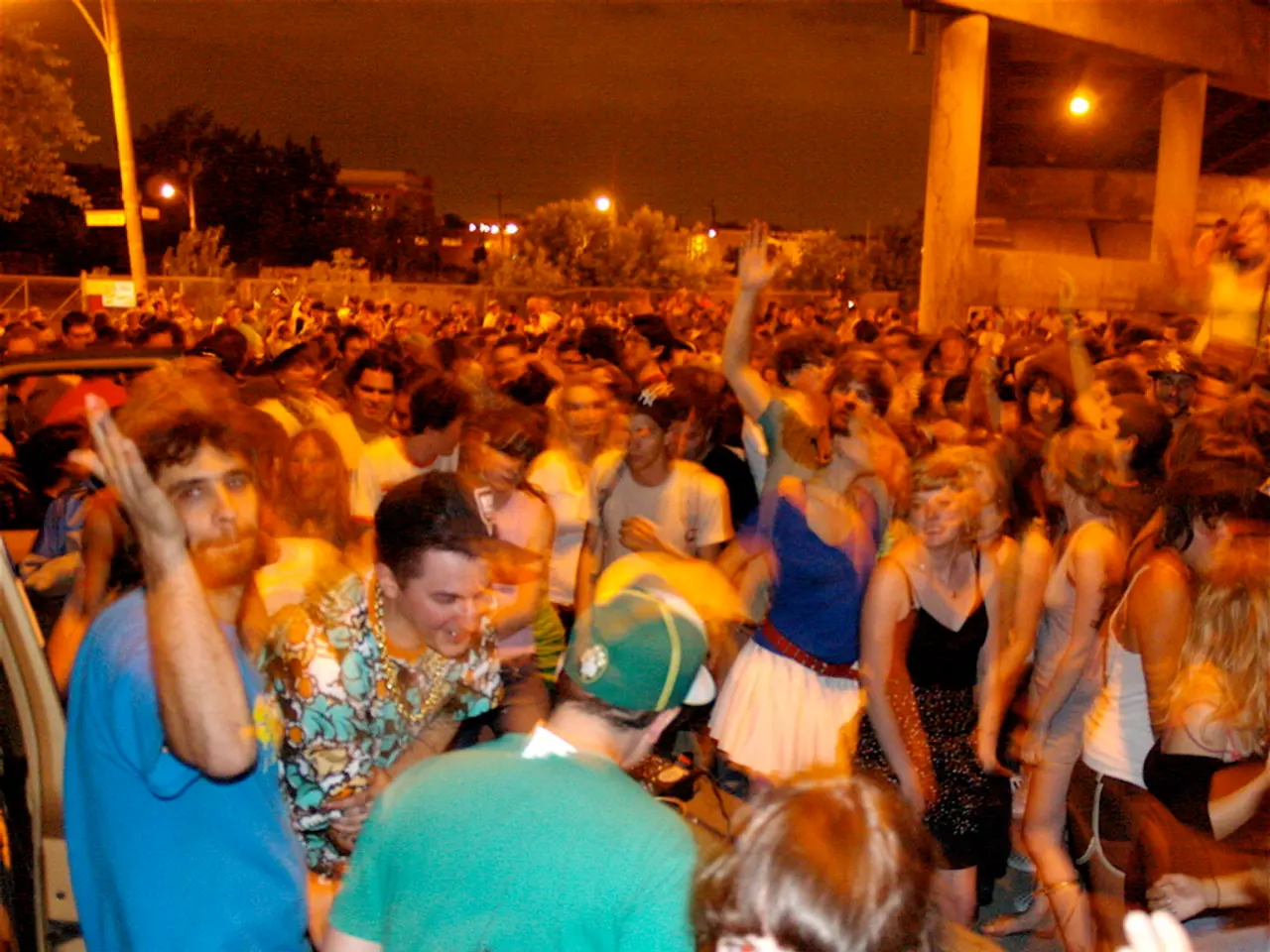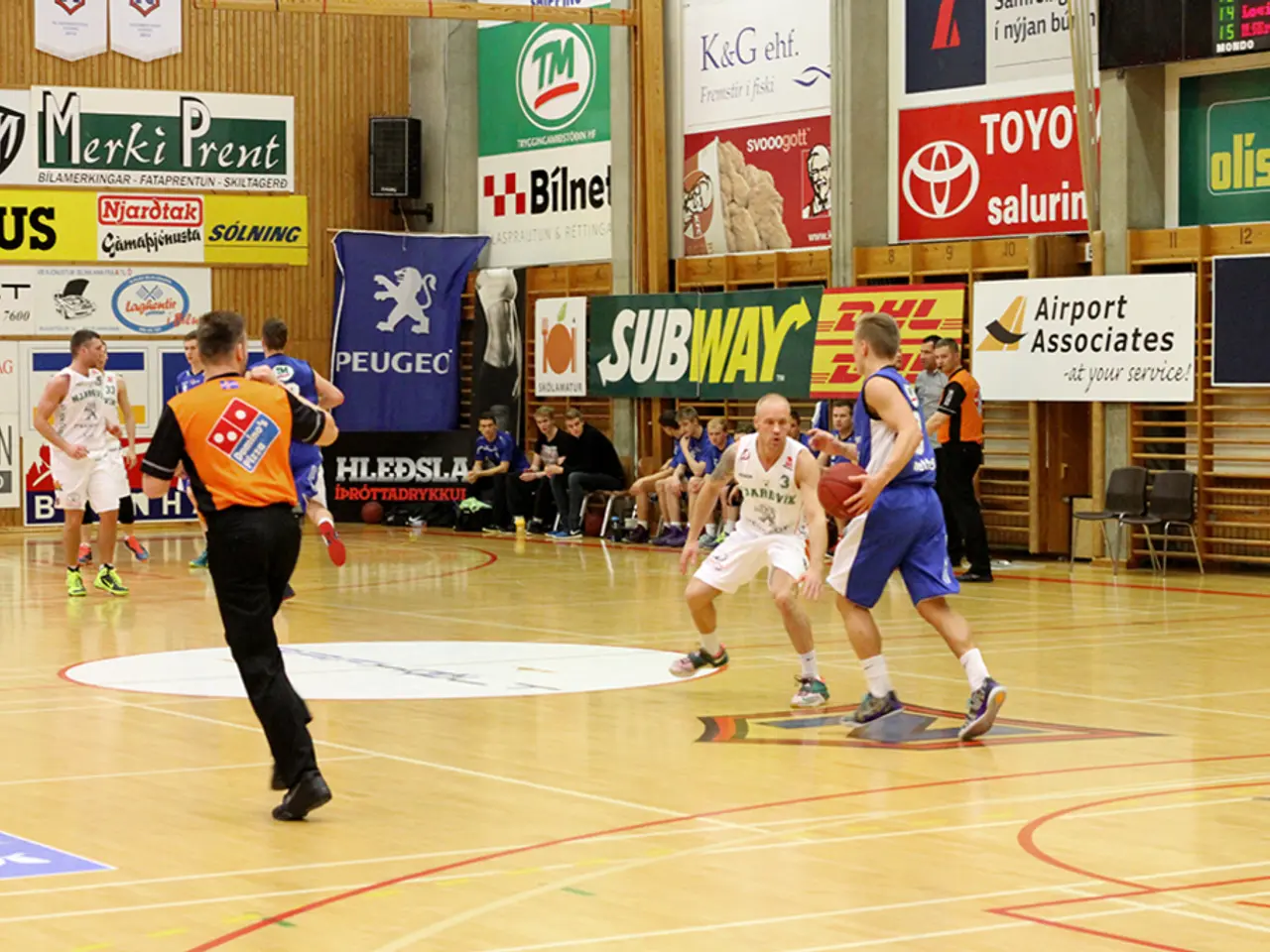Person illegally acquires stone from ancient Roman aqueduct and attempts to market it on internet platforms
In the historic city of Segovia, Spain, a heated debate has arisen over the removal of a stone from the iconic Roman aqueduct. Glenn Murray, an American resident of the city for several decades, is at the centre of the controversy.
According to reports, Murray is accused of removing a stone from a masonry wall in the Plaza de Avendano, part of the protected Roman heritage site, rather than the main aqueduct itself. The stone, weighing 17.3 kilos and measuring 25 x 22 x 15 centimetres, was described in an online sales post as a "unique opportunity to acquire an authentic stone from the Segovia Aqueduct."
The regional government of Castile y Leon has been notified of a possible serious violation of heritage law. The stone's removal is illegal under Spanish cultural heritage laws as well as international preservation agreements, given that the Roman aqueduct in Segovia is a UNESCO World Heritage site.
Authorities have ordered Murray to return the stone to the Provincial Museum for conservation, possible restoration, and eventual reinstatement. The councillor for urban planning and heritage, Alejandro Gonzalez, stated that the stone was torn off, contradicting Murray's claim that it had fallen from the structure.
Murray's actions have stirred debate in Segovia about the protection of its landmarks. He is a well-known local heritage activist, having founded the Friends of the Segovia Mint Association in 1993 and campaigning for the restoration of the Segovia Mint for decades. The Mint, declared a Site of Cultural Interest in 2000, was restored between 2005 and 2011 under Murray's advocacy.
Murray's doctoral thesis, completed in 2004, demonstrated the Segovia Mint to be the oldest, most advanced, and best-preserved example of its kind in the world. He later presented a report on the Segovia Aqueduct at UNESCO in Paris, indicating an international dimension to the case.
Public sentiment in Segovia and beyond typically condemns such acts as disrespectful to cultural patrimony and damaging to shared heritage. The case has attracted media attention, partly due to the audacity of attempting to sell a stolen historic artifact online. However, it remains to be seen how this incident will impact Murray's standing in the local community and whether it will lead to further changes in the protection of Segovia's historic landmarks.
The case has been referred to the Prosecutor's Office as a potential crime against heritage, with the possibility of criminal charges or civil penalties for damaging or illegally extracting parts of the monument. Murray intended to donate the proceeds from the sale of the stone to a charity chosen by the buyer, but this gesture does little to alleviate the legal implications of his actions.
In light of the controversy, the heated debate in Segovia has expanded to include the city's politics and general-news, with the focus shifting towards the protection of its landmarks. The removal of the stone from the Segovia Aqueduct, a UNESCO World Heritage site, is not only a violation of Spanish and international laws but also a matter of crime-and-justice since it was illegally extracted and attempted to be sold online.
